Sweeping Atlantic Avenue Rezoning Plan Moves Forward
City Planning Commissioners voted in favor of the rezoning, but concerns were raised about affordability, air quality, and manufacturing.

A low lying stretch of Atlantic Avenue with new development rising behind. Photo by Susan De Vries
A wide-ranging rezoning that would drastically reshape an industrial part of central Brooklyn, allowing for high-rise residential buildings in what is currently a manufacturing area, is closer to being implemented after being greenlit by the City Planning Commission.
The Atlantic Avenue Mixed-Use Plan, which would rezone roughly 21 blocks along Atlantic Avenue, stretching from Vanderbilt Avenue in Prospect Heights to Nostrand Avenue in Crown Heights and Bed Stuy, was passed by the CPC Wednesday, although the vote was not unanimous. The proposal aims to increase housing, expand job opportunities, and improve infrastructure in the area, according to the Department of City Planning, which is behind the rezoning application.
Nine commissioners voted in favor and two against. In the vote, some commissioners echoed concerns that had been raised by the community and Brooklyn borough president around tenant displacement, affordability, and the risk to affordable manufacturing space in the area. (Earlier this year, the Brooklyn borough president and community boards voted yes with conditions.) One commissioner said he would only vote no unless a requirement was added for buildings in manufacturing districts to contain manufacturing or industrial uses.
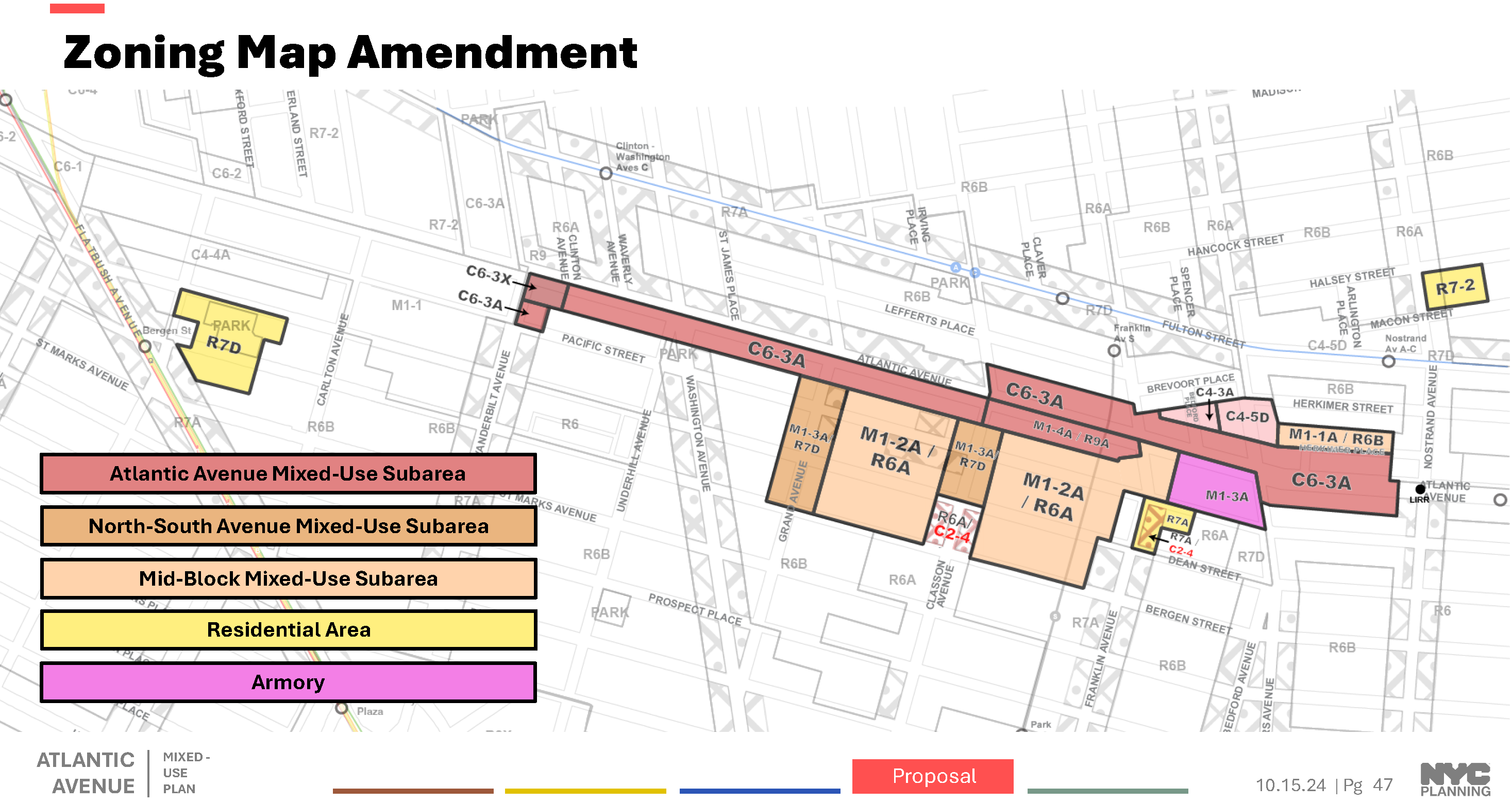

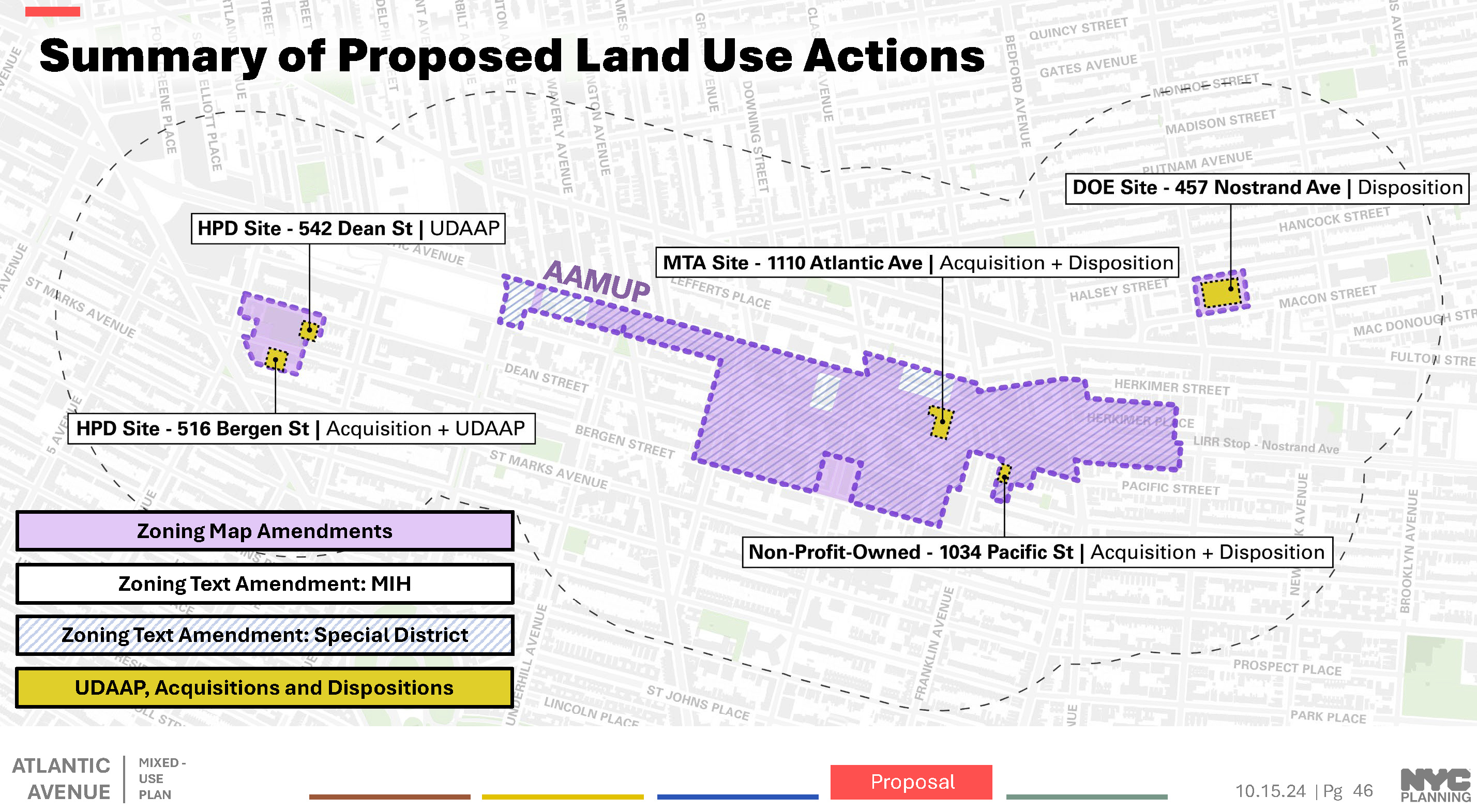
The rezoning has the potential to bring nearly 4,600 new apartments — including more than 1,400 permanently affordable units — and more than 921,000 square feet of new space for offices, retail, community services, and light industrial businesses, according to Department of City Planning estimates. The non-residential component could add an estimated 2,800 new jobs, according to documents included in the rezoning application.
CPC Chair Dan Garodnick said at the meeting the area’s current manufacturing zoning had left the neighborhood “unequipped to deal with the high demand to live there.”
“Due to the lack of supply, this community has seen rising housing costs, tenant harassment and displacement over the last 10 to 15 years,” he said. “The Atlantic Avenue Mixed Use Plan is an opportunity to change course, transforming the corridor into a vibrant mix of commercial, residential, and manufacturing.”
Gardonick said City Planning is working with other city agencies on ways to prevent tenant displacement, as well as making sure infrastructure and streetscape improvements are included.
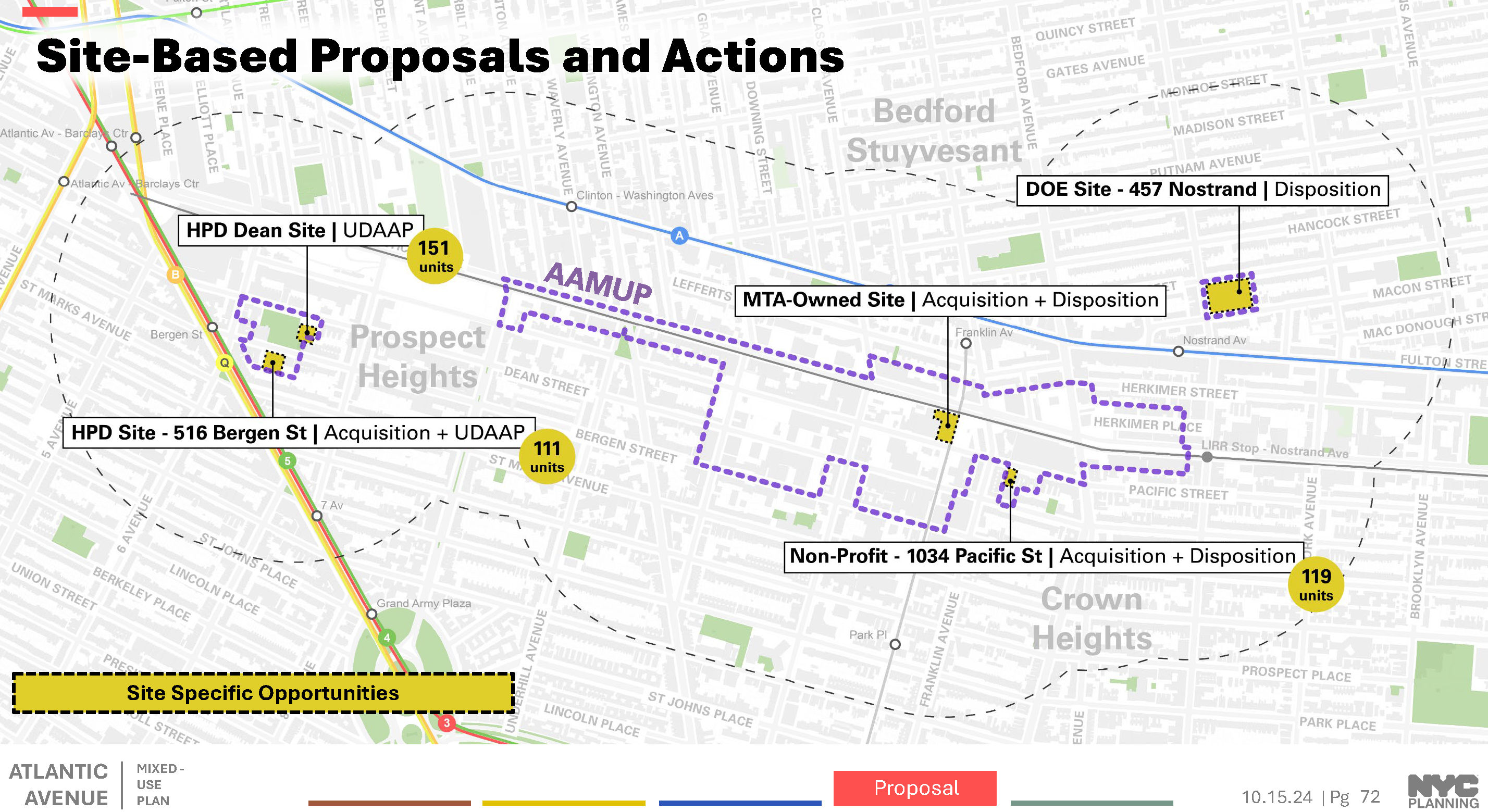

Commissioner Gail Benjamin voted in support of the plan because it started as a grassroots community effort, adding the city had to “really listen to communities when they engage in this kind of a process, and arrive at a point where so many different elements are supporting it.”
However, Benjamin said she had concerns about how manufacturing space would be incorporated under the MX district zoning, even though she was pleased to see the modification requiring additional air quality reviews for residential units above industrial uses. She said there is a need for continued oversight to ensure the policy works as intended.
Her second concern focused on traffic and air quality along Atlantic Avenue, a major trucking route. Even with the Department of Transportation’s proposed measures to manage congestion, she said, “it’s not clear to me how those measures will be implemented” and she said she worries that the increased building density could create an “air quality tunnel.”
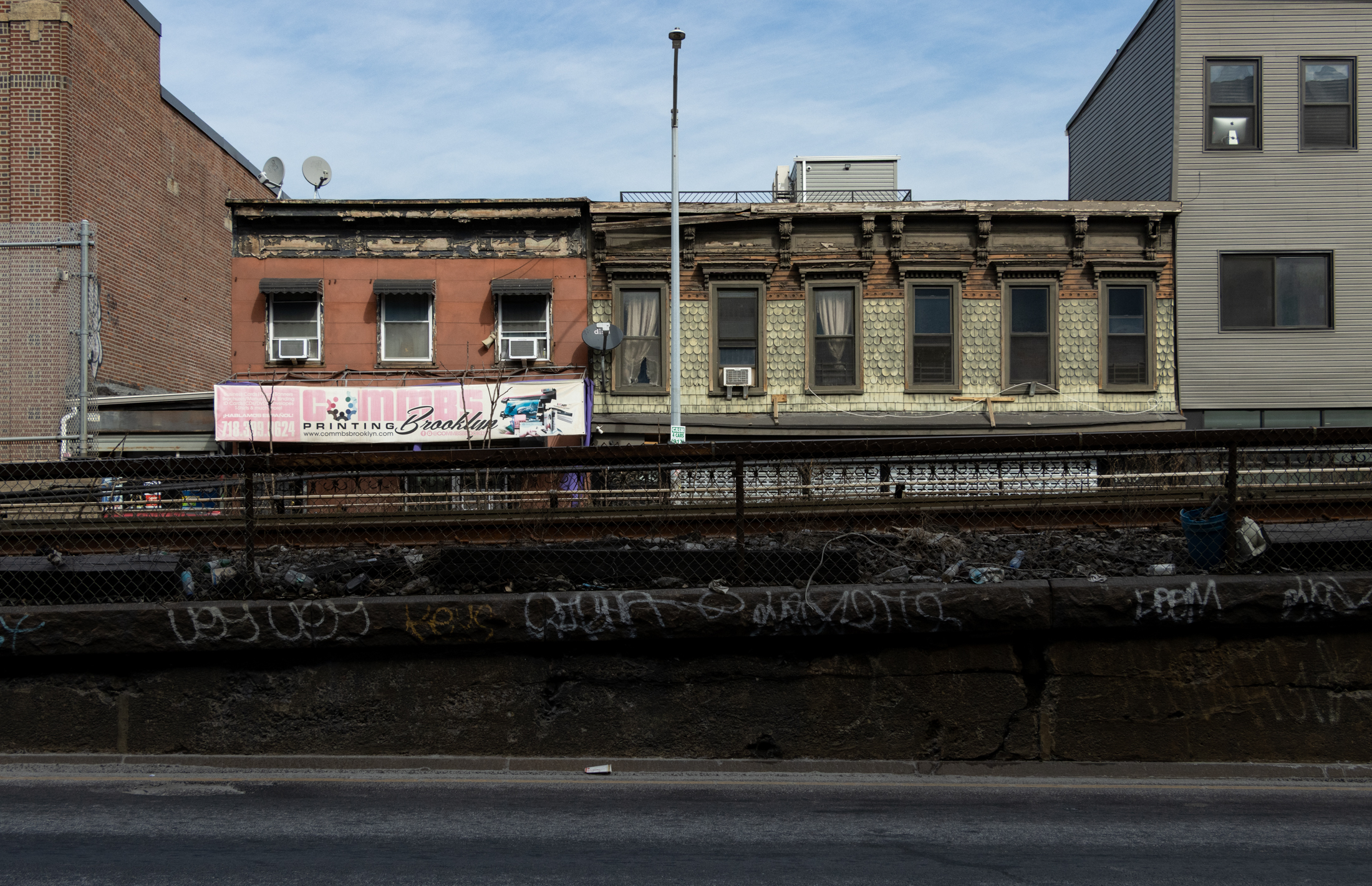
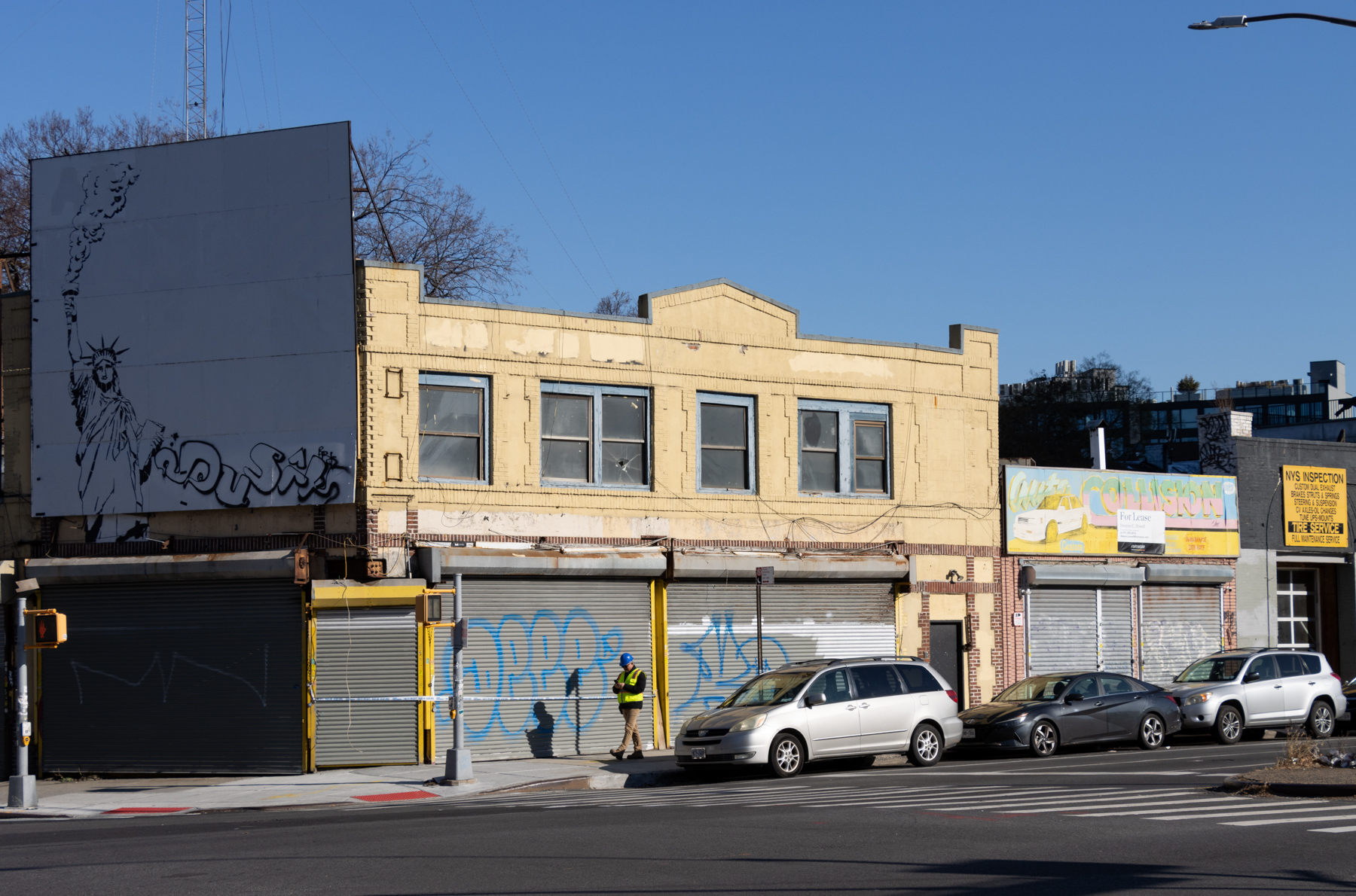
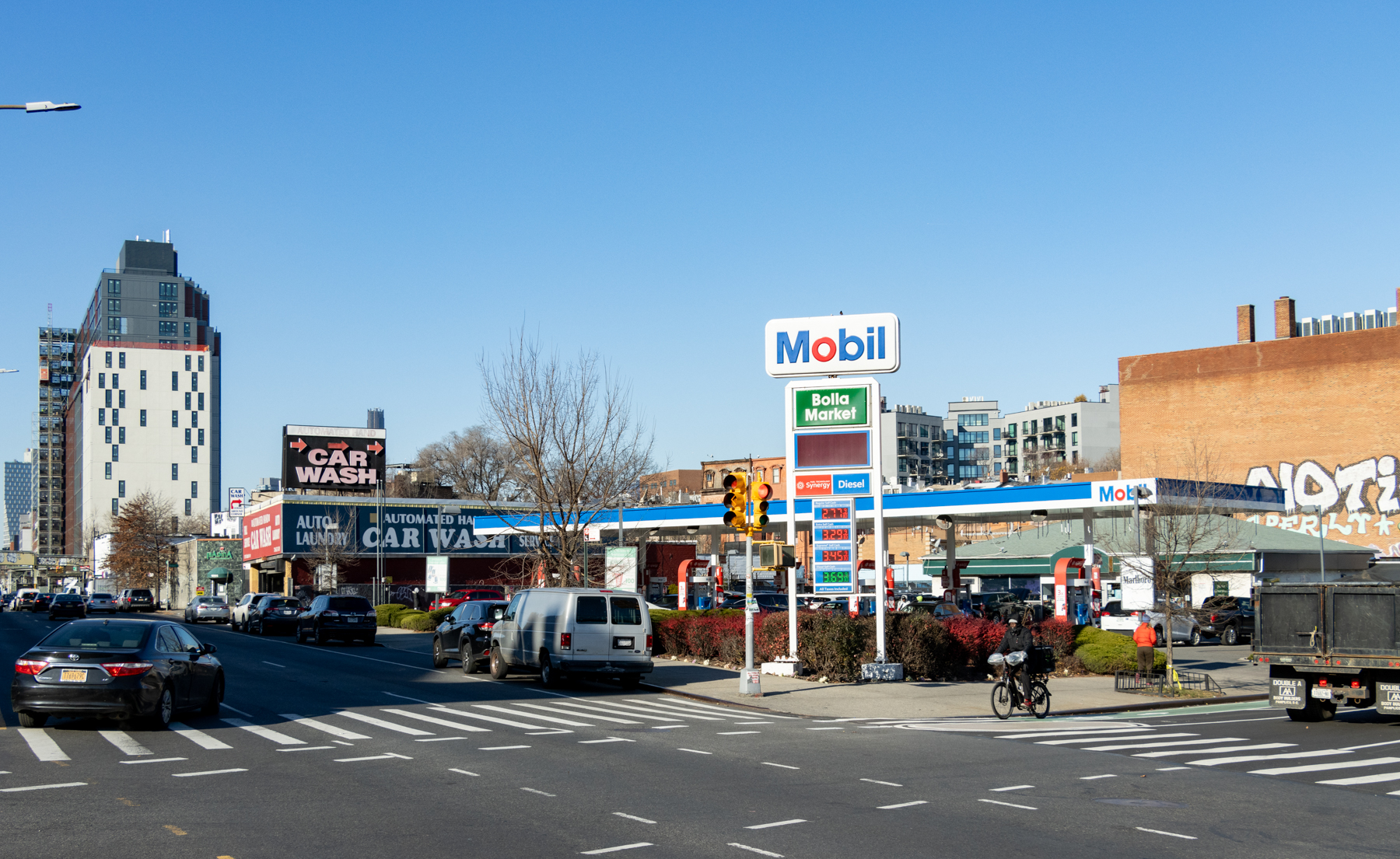
Voting against the rezoning, Commissioner Leah Goodridge said her main issue is a lack of deep affordability options. She highlighted that Black residents in the historically Black area have eviction rates three times higher than other residents, and said there have to be protections against displacement.
She urged the City Council to push for deeper affordability during negotiations with developers, saying that the current affordability options are not yet set and are likely to favor developers over low-income residents. Goodridge said that as a tenants’ rights attorney, she saw the effects of rising rents and how tenants would end up fighting eviction year after year. “I’m voting no, because I want to signal to the City Council when they have their negotiations, what I would like to see here is deeper affordability options,” she said.
Commissioner Juan Camilo Osorio agreed with Goodridge that the affordability levels set by Mandatory Inclusionary Housing aren’t enough for the area, and also stressed the need for greater protections for manufacturing spaces.
“I have decided to vote no unless there’s a requirement that a percentage of the building is reserved for industrial uses, hopefully manufacturing, in MX districts. I very much agree with the Brooklyn borough president and that this is a necessary condition to achieving the goals of the plan,” Osorio said. He said unless zoning requires this, MX districts without industrial uses would make it even harder for working class New Yorkers to afford rent in the area, and the city would be missing the opportunity to benefit from green economic growth.
“Finally, if industrial users cannot compete here for space and need to go elsewhere, they have no choice than to relocate to the same low income and communities of color that have historically been disproportionately burned by environmental justice impacts,” Osorio said.
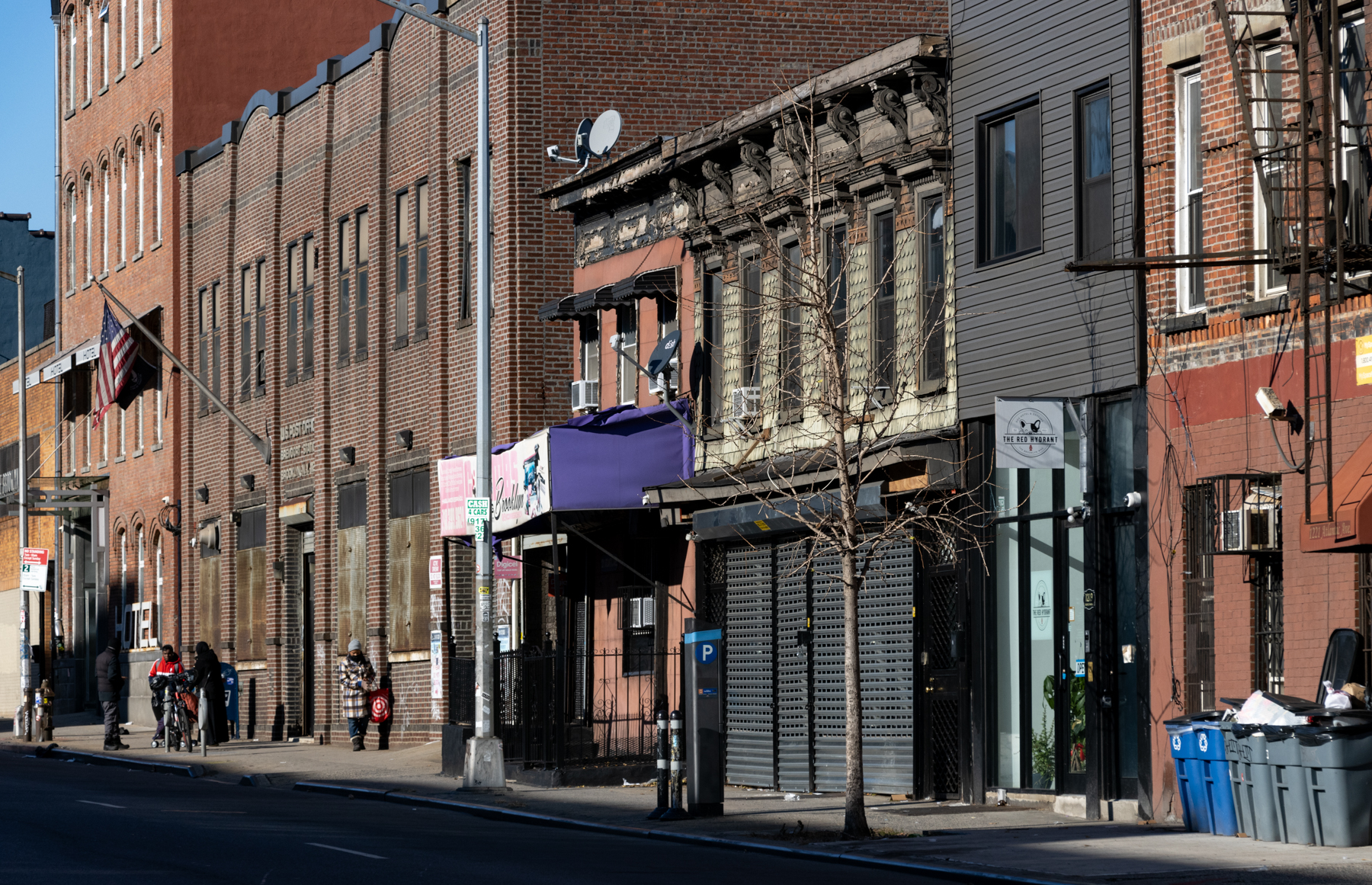

The city’s plan to rezone the blocks along Atlantic Avenue would replace the existing M1-1 and M1-2 industrial zoning with C6-3A mixed-use districts, allowing for higher-density development with mandatory affordable housing. Developers could receive a 20 percent floor area bonus for creating publicly accessible open spaces, while height incentives would encourage projects that combine residential and non-residential uses. New design requirements would mandate setbacks and streetscape improvements.
North-south corridors like Bedford, Grand, and Classon avenues would be rezoned from M1-1 and M1-2 to R7D and R6B districts to allow mixed-use buildings, while mid block areas on Dean, Bergen, and Pacific streets would see R6B zoning with height incentives. The Bedford Atlantic Armory site, currently zoned M1-1, would be rezoned to C4-4L, allowing for future community-oriented uses.
Several city-owned sites would be redeveloped into 100 percent affordable housing, including Dean Park Edge and Bergen Green, which will offer a combined 262 affordable units, as well as a former Department of Education site on Nostrand Avenue that will be converted into 200 apartments. Additional sites on Pacific Street and Atlantic Avenue will provide another 286 affordable units.
The rezoning plan also includes pedestrian safety improvements, open spaces, and better transit access. City officials say the proposal builds on over a decade of community engagement, including work by Community Board 8 on the M-CROWN rezoning, which aimed to preserve manufacturing in the area.
With formal outreach ramping up in 2022, the plan is now moving through the city’s land use review process, with the City Council set to weigh in on final details in the coming months. The City Council will hold a public hearing on the proposal before sending it to a vote.
[Photos by Susan De Vries unless noted otherwise]
Related Stories
- Pols, Locals Want Tenants, Manufacturing Protected in Atlantic Avenue Rezoning
- Explore the Past and Present of Atlantic Avenue With Local Experts
- Dense Housing, Job Creation Prioritized in Community-Led Plan for Atlantic Avenue Rezoning
Email tips@brownstoner.com with further comments, questions or tips. Follow Brownstoner on Twitter and Instagram, and like us on Facebook.

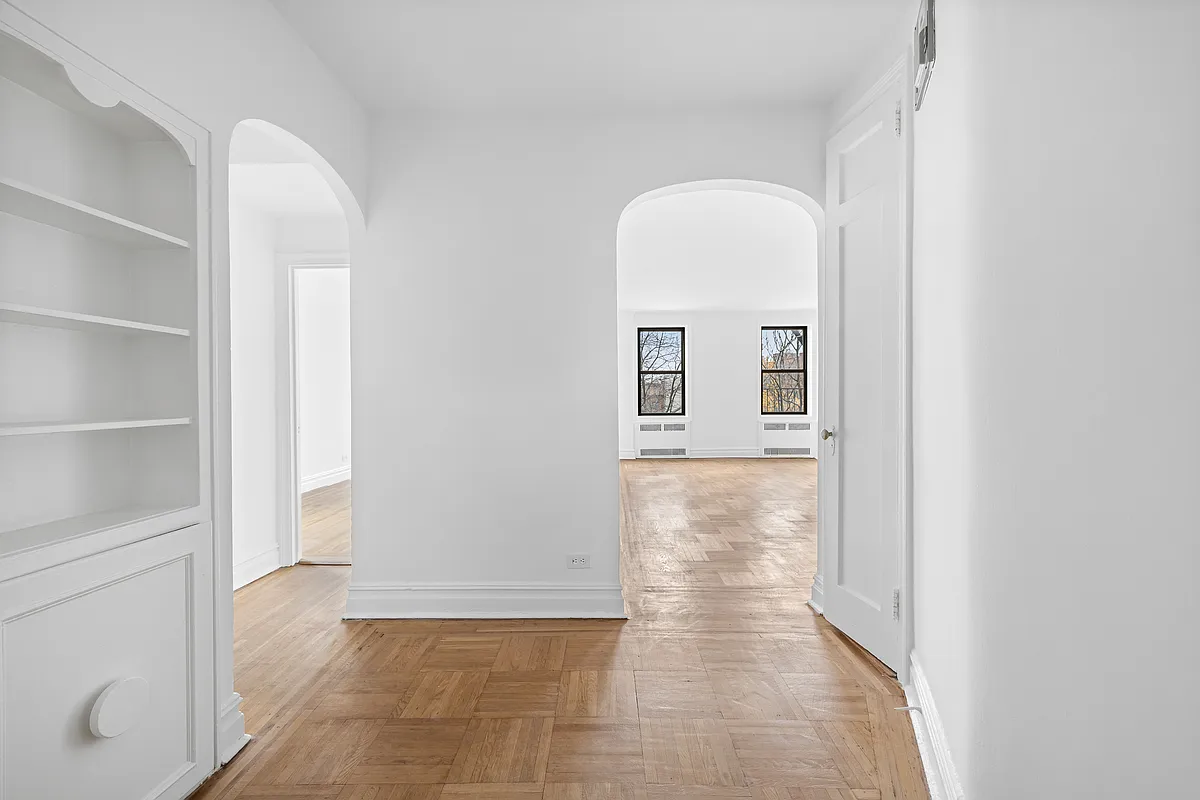
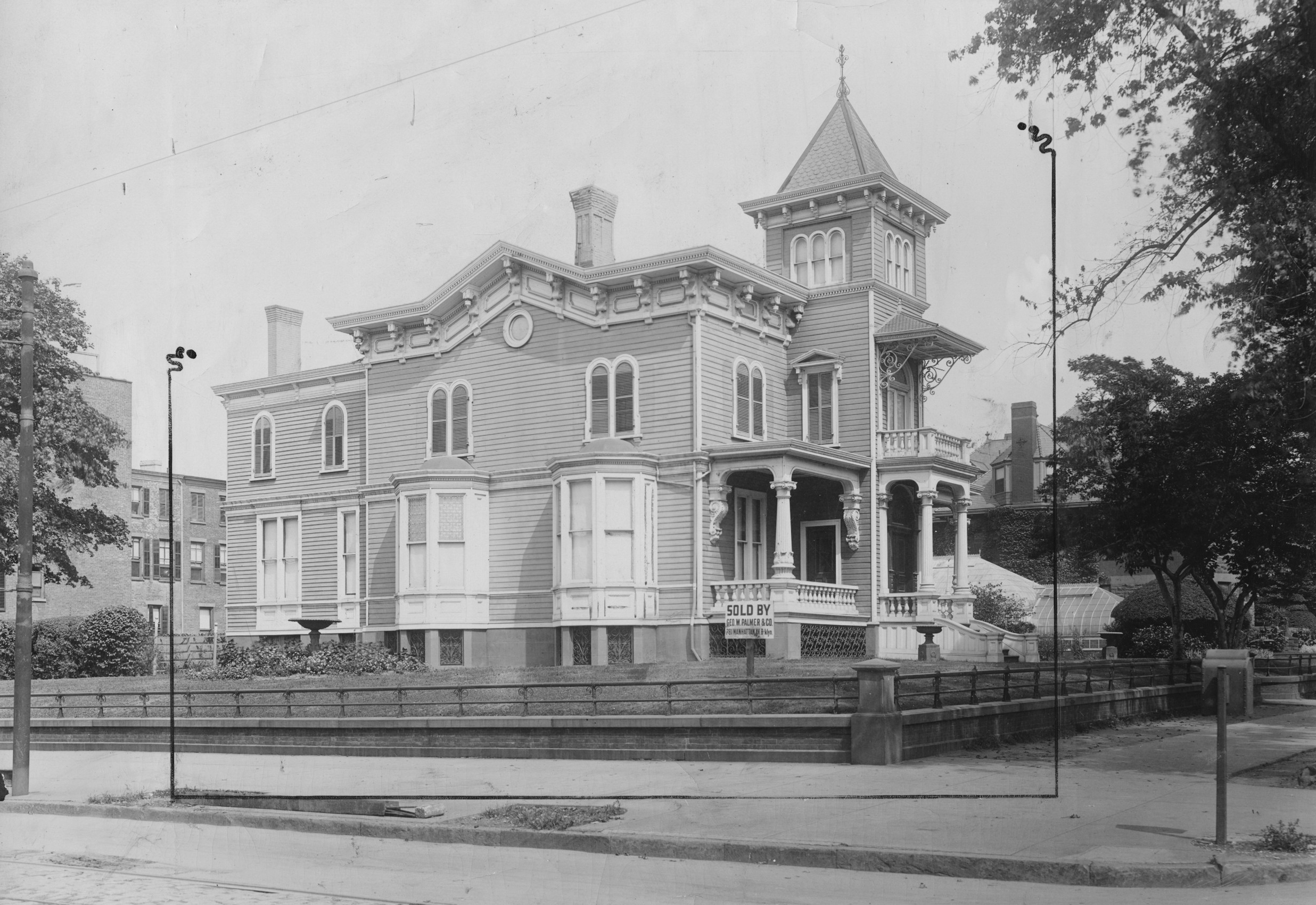
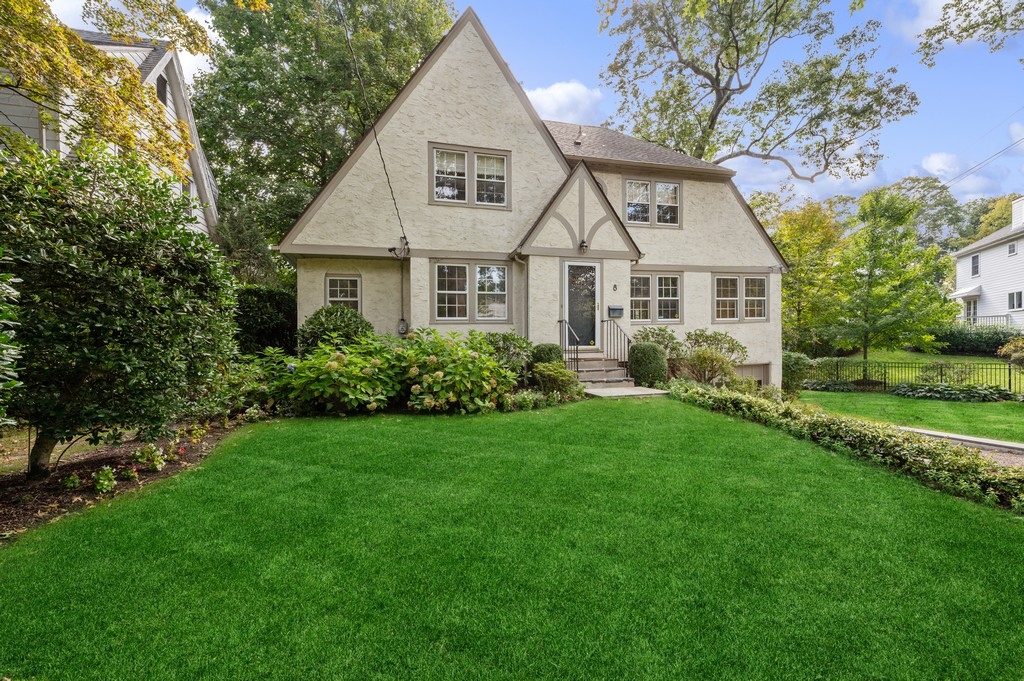
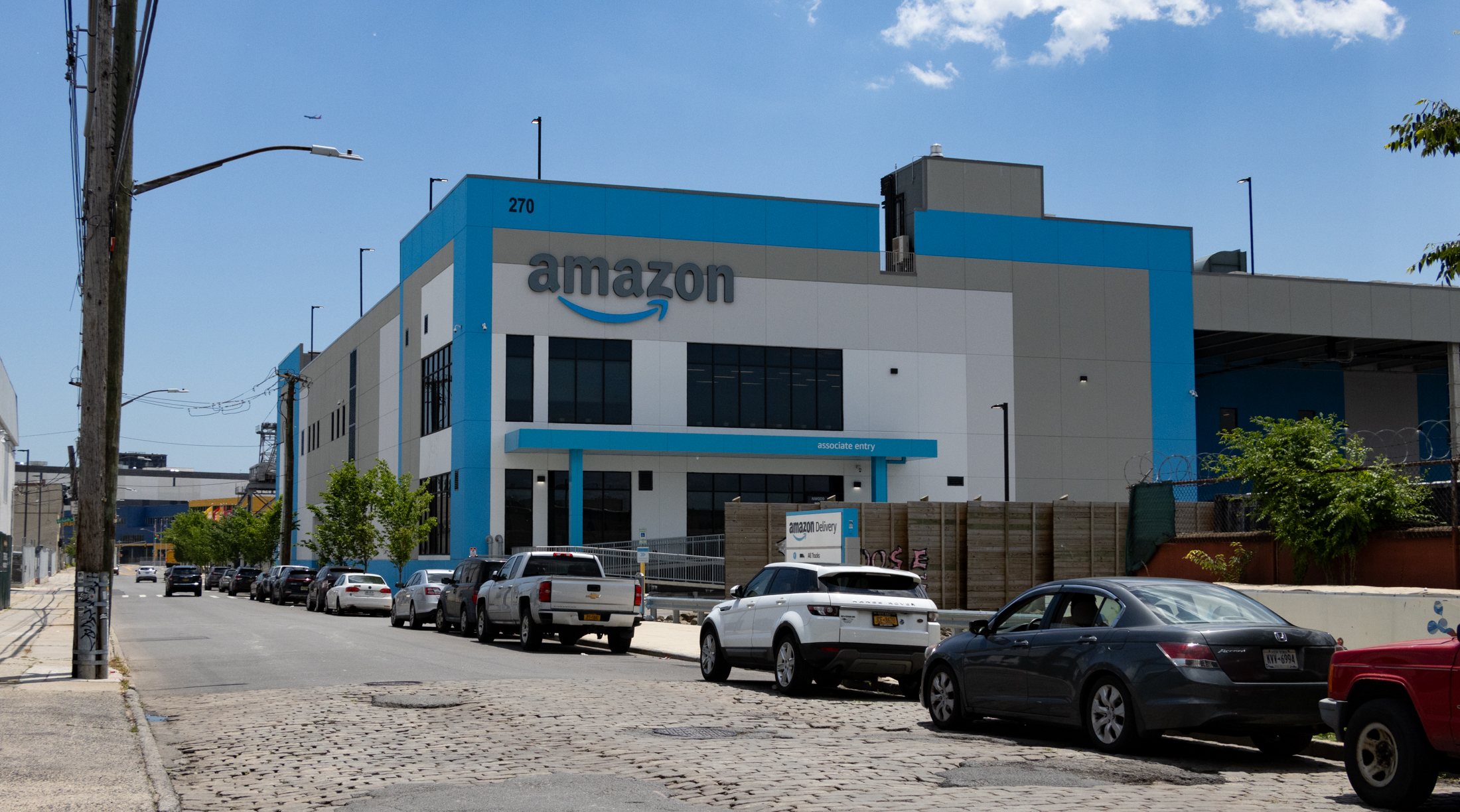
What's Your Take? Leave a Comment